Home>Interior Design>Should Your Living Room And Kitchen Style Match? Designers Weigh In On Whether Cohesive Or Contrasting Is Best
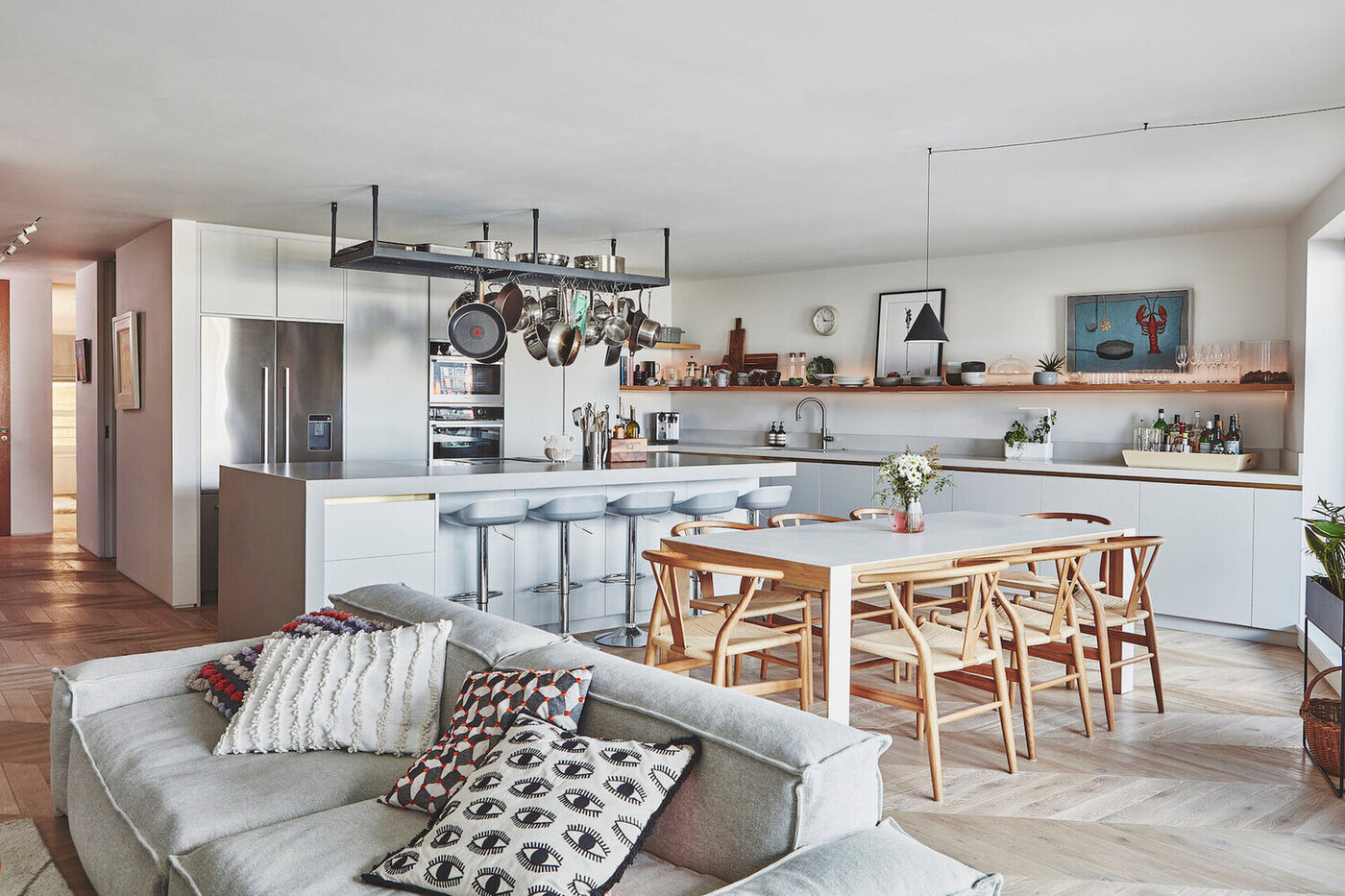

Interior Design
Should Your Living Room And Kitchen Style Match? Designers Weigh In On Whether Cohesive Or Contrasting Is Best
Modified: October 28, 2024
Discover the experts' take on matching or contrasting styles for your living room and kitchen. Get valuable insights on cohesive interior design.
(Many of the links in this article redirect to a specific reviewed product. Your purchase of these products through affiliate links helps to generate commission for Storables.com, at no extra cost. Learn more)
Introduction
When it comes to designing your living room and kitchen, one of the key decisions you need to make is whether to match the styles or go for a contrasting look. It’s a debate that has divided designers for years, with valid arguments on both sides. Some argue that coordinating the styles creates a cohesive and harmonious flow, while others believe that contrasting styles can add visual interest and create unique design statements.
So, should your living room and kitchen style match or contrast? In this article, we will explore the pros and cons of both approaches, and help you find the right balance that suits your personal taste and lifestyle.
Key Takeaways:
- Cohesion creates a harmonious flow and consistent aesthetic, enhancing the overall appeal and resale value of your home. However, it may limit creativity and individuality in design choices.
- Contrasting styles add visual interest, showcase creativity, and define separate areas within the space. Yet, achieving the right balance is crucial to avoid overwhelming or disjointed looks.
Cohesion vs. Contrast: The Debate
The decision to have a cohesive or contrasting style between your living room and kitchen ultimately boils down to your personal preference and design goals. Let’s take a closer look at the arguments for both sides:
Cohesion: Many interior designers advocate for a cohesive style because it creates a sense of unity and flow throughout the space. When the living room and kitchen share similar design elements, such as color palettes, materials, and furniture styles, it creates a seamless transition between the two areas. This can make the overall space feel more harmonious and visually pleasing.
Contrast: On the other hand, proponents of contrasting styles argue that it adds visual interest and creates a dynamic atmosphere. By intentionally choosing different design elements for each space, you can showcase your creativity and create a stunning focal point. Contrasting styles can also help define each area as a separate entity, making it easier to distinguish between the living room and kitchen.
Ultimately, the choice between cohesion and contrast depends on your personal design preferences, the overall style of your home, and how you envision the use of the living room and kitchen spaces.
Pros of Cohesion
Choosing a cohesive style for your living room and kitchen can have several benefits. Let’s explore some of the advantages:
- Harmonious Flow: A cohesive design creates a sense of harmony and flow between the living room and kitchen. When the styles, colors, and materials are coordinated, it creates a seamless transition, making the space feel visually appealing and cohesive.
- Easier Decorating: With a cohesive style, you have a clear direction when it comes to decorating the space. You can choose furniture, accessories, and artwork that complement each other, making it easier to create a cohesive and balanced look.
- Enhanced Space Perception: Coordinating the styles between the living room and kitchen can make the space appear larger and more open. When the design elements seamlessly flow from one area to another, it eliminates visual barriers and creates a more spacious feel.
- Consistent Aesthetic: A cohesive style ensures that the overall aesthetic of your home remains consistent. This is particularly important if you have an open floor plan, as a cohesive design will create a cohesive and unified look throughout the entire space.
- Increased Resale Value: A home with a cohesive design is often more appealing to potential buyers. When the living room and kitchen styles match, it gives off an impression of a well-thought-out and carefully designed space, which can positively impact the resale value of your home.
These are just a few of the advantages of opting for a cohesive style between your living room and kitchen. However, it’s important to consider the potential drawbacks as well, which we will discuss next.
Cons of Cohesion
While there are many benefits to choosing a cohesive style for your living room and kitchen, there are also some potential drawbacks to consider. Let’s explore some of the cons:
- Lack of Visual Interest: A cohesive design may lack the visual interest and wow factor that contrasting styles can bring. If every element in the living room and kitchen matches too closely, it can create a predictable and uninspiring look.
- Limiting Creativity: Sticking to a cohesive style may limit your creativity and ability to experiment with different design elements. It can be restrictive if you have a specific vision or desire to incorporate unique and unconventional pieces into your space.
- Difficulty in Differentiating Spaces: Without contrasting styles, it can be challenging to visually differentiate between the living room and kitchen. This can be a disadvantage if you prefer to have distinct areas with their own unique identity.
- Dependency on Trends: Cohesion often relies on following design trends and using popular materials and colors. While this can create a stylish and up-to-date look, it may also result in a space that feels dated once trends change.
- Perceived Lack of Individuality: Some may argue that a cohesive design can lack a personal touch and individuality. It may not reflect your unique personality or allow you to showcase your personal style as effectively as a contrasting design can.
While these drawbacks should be taken into consideration, they may not necessarily outweigh the benefits of a cohesive style. It ultimately depends on your personal taste and design goals.
Pros of Contrast
Choosing a contrasting style between your living room and kitchen can offer a range of advantages. Let’s explore some of the pros:
- Visual Interest and Impact: Contrasting styles can create a visually striking and impactful look. By intentionally choosing different design elements, such as colors, textures, and materials, you can add depth and dimension to your space.
- Defined Separation: Contrasting styles can help define and differentiate the living room and kitchen as separate spaces. This can be particularly useful if you have an open floor plan, as it allows for clearer boundaries between different functional areas.
- Showcasing Creativity: Contrasting styles provide an opportunity to showcase your creativity and design flair. By playing with different styles and mixing unexpected elements, you can create a unique and personalized space that reflects your individuality.
- Flexibility in Design Choices: With contrasting styles, you have the freedom to mix and match different finishes, colors, and furniture pieces. This allows for more flexibility in choosing pieces that you truly love, rather than feeling restricted by a cohesive design.
- Eye-Catching Focal Points: Contrasting styles can create eye-catching focal points in both the living room and kitchen. By incorporating statement pieces or unique design features, you can draw attention to specific areas and create a memorable visual impact.
These are just a few of the advantages of opting for a contrasting style between your living room and kitchen. However, it’s important to consider the potential drawbacks as well, which we will discuss next.
Read more: How To Style Carpeted Living Room
Cons of Contrast
While there are many benefits to choosing a contrasting style for your living room and kitchen, there are also some potential drawbacks to consider. Let’s explore some of the cons:
- Lack of Cohesion: Choosing contrasting styles can result in a lack of cohesion and overall harmony in the space. If the living room and kitchen are too different in design elements, it can create a disjointed and disorganized look.
- Difficulty in Creating Balance: Achieving the right balance between contrasting styles can be challenging. It’s important to ensure that the elements in both the living room and kitchen complement each other and create a cohesive overall aesthetic.
- Overwhelm and Busy Feel: Incorporating too many contrasting design elements can create a busy and overwhelming visual effect. It’s important to strike the right balance between contrast and simplicity to ensure a visually pleasing space.
- Limited Design Cohesion: Contrasting styles may limit your ability to coordinate other areas of your home. If the living room and kitchen have vastly different styles, it can be challenging to create a cohesive flow throughout the rest of your home.
- Timelessness and Longevity: Trends in interior design come and go, and a contrasting style may be more susceptible to feeling dated over time. It’s important to consider the longevity of the design choices and how they will stand the test of time.
While these drawbacks should be taken into consideration, they may not necessarily outweigh the benefits of a contrasting style. It ultimately depends on your personal taste and design goals, as well as your ability to strike the right balance between contrasting elements.
It’s not necessary for your living room and kitchen styles to match, but they should complement each other. Consider using a cohesive color palette or similar design elements to create a harmonious flow between the two spaces.
Finding the Right Balance
Finding the right balance between cohesion and contrast is key to creating a visually appealing and functional living room and kitchen. Here are some tips to help you strike that balance:
- Identify Your Design Goals: Start by determining what you want to achieve with your living room and kitchen design. Consider factors such as the overall style of your home, your personal taste, and the functionality of the space.
- Establish a Common Thread: Look for ways to establish a common thread between the living room and kitchen. This could be through shared colors, materials, or design motifs that tie the spaces together, creating a sense of cohesion.
- Create Contrasting Elements: Introduce contrasting elements that add visual interest and define each area as a separate entity. This could be through different furniture styles, accent colors, or textures that create a distinct look for each space.
- Consider Visual Flow: Pay attention to the visual flow between the living room and kitchen. Ensure that the transition feels smooth and natural, whether it’s through the placement of furniture or the use of architectural elements.
- Experiment with Focal Points: Use focal points to draw attention and create a memorable impact in each area. This could be a statement piece of furniture, a bold color choice, or a unique architectural feature that becomes the center of attention.
- Seek Professional Guidance: If you’re unsure about finding the right balance between cohesion and contrast, consider consulting with a professional interior designer. They can offer valuable insights, expert advice, and help you create a harmonious and visually stunning living room and kitchen.
Remember, there is no one-size-fits-all approach when it comes to balancing cohesion and contrast. It ultimately depends on your personal preferences and design objectives. As long as you create a space that reflects your style and makes you feel comfortable and inspired, you’ll have achieved the perfect balance for your living room and kitchen.
Matching by Material and Color
One way to create cohesion between your living room and kitchen is through matching materials and color palettes. Here’s how you can achieve this:
Coordinated Materials: Selecting similar materials for both areas can bring a sense of unity. For example, you can choose hardwood flooring or ceramic tiles that flow seamlessly from the living room into the kitchen. Using matching countertops, such as quartz or granite, can also create a cohesive look.
Color Harmony: Choosing a cohesive color scheme is another effective way to tie the living room and kitchen together. Opt for a consistent color palette or complementary shades that complement each other. For instance, if the living room walls are painted in a soft beige, consider incorporating accents of the same color in the kitchen’s backsplash or accessories.
Shared Finishes: Matching finishes on fixtures and hardware is another important aspect. Consistent finishes, such as brushed nickel or matte black, on cabinet handles, faucets, and light fixtures can create a sense of harmony throughout the space.
Play with Accents: While cohesive materials and color palettes are essential, adding contrasting accents can introduce visual interest. For example, you can choose vibrant throw pillows or artwork in the living room that infuses a pop of contrasting color into the overall scheme.
Unifying Elements: Incorporate design elements that tie the living room and kitchen together. This could be through a shared design motif, such as using a mosaic tile pattern in the kitchen backsplash that is echoed in a smaller scale in the living room’s rug or curtains.
By matching materials and color schemes, you create a seamless transition between the living room and kitchen, enhancing the overall cohesion of the space while still allowing room for subtle contrasts and personal touches.
Creating Defined Spaces
While cohesion is important, it’s equally crucial to create defined spaces within your living room and kitchen. This can be achieved through the arrangement of furniture, use of room dividers, and differentiating design elements. Here are some ideas to help you create distinct areas:
Furniture Placement: Strategically arrange furniture to clearly define separate zones within the living room and kitchen. For example, position the seating area in the living room in a way that establishes a clear boundary between the cooking and dining area in the kitchen.
Room Dividers: Utilize room dividers to visually separate the living room and kitchen without compromising the open concept. Options include sliding doors, curtains, or partition walls that allow for a flexible division of the space when needed.
Architectural Elements: Incorporate architectural features that help delineate the areas. This can include different ceiling heights, variations in wall textures or materials, or decorative columns that provide a visual transition between the living room and kitchen.
Lighting Distinctions: Use lighting to establish separate atmospheres. Install different types of lighting fixtures, such as pendant lights above the kitchen island and recessed lighting in the living room, to highlight the unique functionalities of each area and create distinct moods.
Rugs and Flooring: Choose different rugs or flooring options to visually separate the living room and kitchen. For example, consider a plush area rug in the living room and tile or hardwood flooring in the kitchen to distinguish between the two spaces.
Accent Walls: Create an accent wall in either the living room or kitchen to draw attention and define the space. This can be done by painting one wall in a bold color, installing textured wallpaper, or using decorative stone or wood paneling.
By incorporating these design elements, you can establish clear boundaries and visual cues to differentiate the living room and kitchen areas, ensuring that each space has its own unique identity while still maintaining a cohesive overall design.
Incorporating Elements of Surprise
While creating cohesion and defined spaces is important, adding elements of surprise can bring a touch of excitement and personality to your living room and kitchen. These unexpected design choices can make your space feel unique and reflect your individual style. Here are some ideas for incorporating elements of surprise:
Mixing Different Styles: Combine different design styles to create a visually interesting and eclectic look. For example, incorporate vintage furniture pieces in the living room alongside modern appliances in the kitchen. This unexpected mix of styles adds character and creates a conversation starter.
Play with Patterns: Introduce bold and unexpected patterns into your living room and kitchen. Consider using patterned wallpaper, vibrant tile backsplashes, or statement rugs to bring a sense of energy and excitement to the space.
Showcase Unique Artwork: Display artwork that stands out and adds a personal touch. Choose pieces that reflect your interests, evoke emotions, or spark conversation. These unique art installations can become focal points and contribute to the overall ambiance of the room.
Unexpected Color Choices: Opt for unexpected color combinations to create visual interest. Consider using contrasting or unconventional color palettes that deviate from traditional schemes. This can be done through accent walls, colorful kitchen cabinets, or bold furniture upholstery.
Quirky Accessories: Decorate your living room and kitchen with quirky and unexpected accessories. Unique lighting fixtures, whimsical sculptures, or unconventional decorative objects can add a touch of personality and enhance the overall aesthetic of the space.
Unconventional Storage Solutions: Incorporate creative and unexpected storage options in your living room and kitchen. This could be open shelving made from reclaimed materials, vintage trunks as coffee tables, or repurposed furniture as functional storage pieces. These unique storage solutions not only add visual interest but also serve a practical purpose.
By incorporating these surprising elements, you can infuse your living room and kitchen with a sense of individuality and create a space that truly reflects your personality and design sensibilities.
Conclusion
When it comes to deciding whether your living room and kitchen styles should match or contrast, there is no right or wrong answer. It ultimately depends on your personal preferences, design goals, and the overall style of your home.
Choosing a cohesive style between your living room and kitchen offers benefits such as a harmonious flow, easier decorating, and increased resale value. It creates a sense of unity and ensures a consistent aesthetic throughout your home. On the other hand, opting for contrasting styles can infuse visual interest, highlight creativity, and define separate areas within the space.
Finding the right balance between cohesion and contrast is crucial. You can achieve this by matching materials and color palettes, creating defined spaces through furniture placement and room dividers, and incorporating unexpected design elements to add a touch of surprise and uniqueness.
Ultimately, the decision should reflect your personal style, preferences, and lifestyle. Consider consulting with a professional interior designer to help you navigate through the choices and create a customized design plan that perfectly suits your needs and vision.
Remember, whether you choose to match or contrast, the most important aspect of designing your living room and kitchen is to create a space that reflects your personality, brings you joy, and enhances the functionality of your daily life. The possibilities are endless, so trust your intuition, have fun with the process, and create a space that truly feels like home.
Frequently Asked Questions about Should Your Living Room And Kitchen Style Match? Designers Weigh In On Whether Cohesive Or Contrasting Is Best
Was this page helpful?
At Storables.com, we guarantee accurate and reliable information. Our content, validated by Expert Board Contributors, is crafted following stringent Editorial Policies. We're committed to providing you with well-researched, expert-backed insights for all your informational needs.
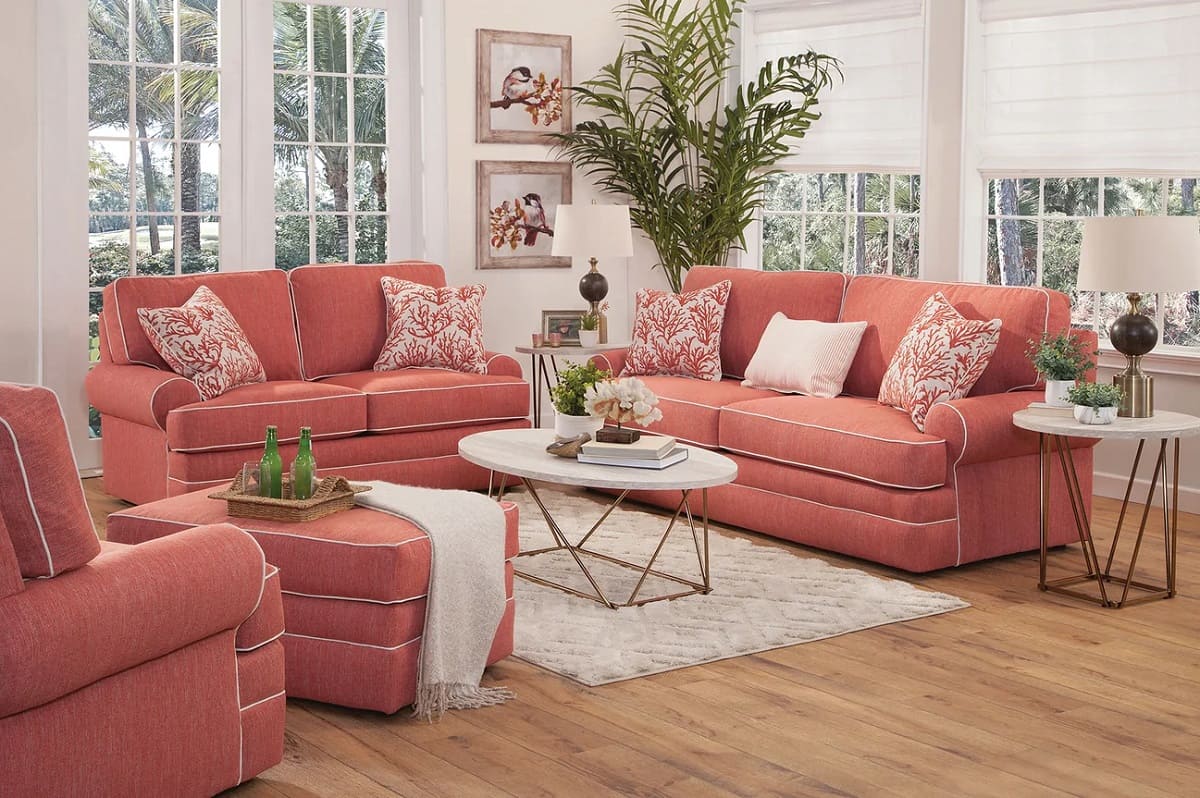
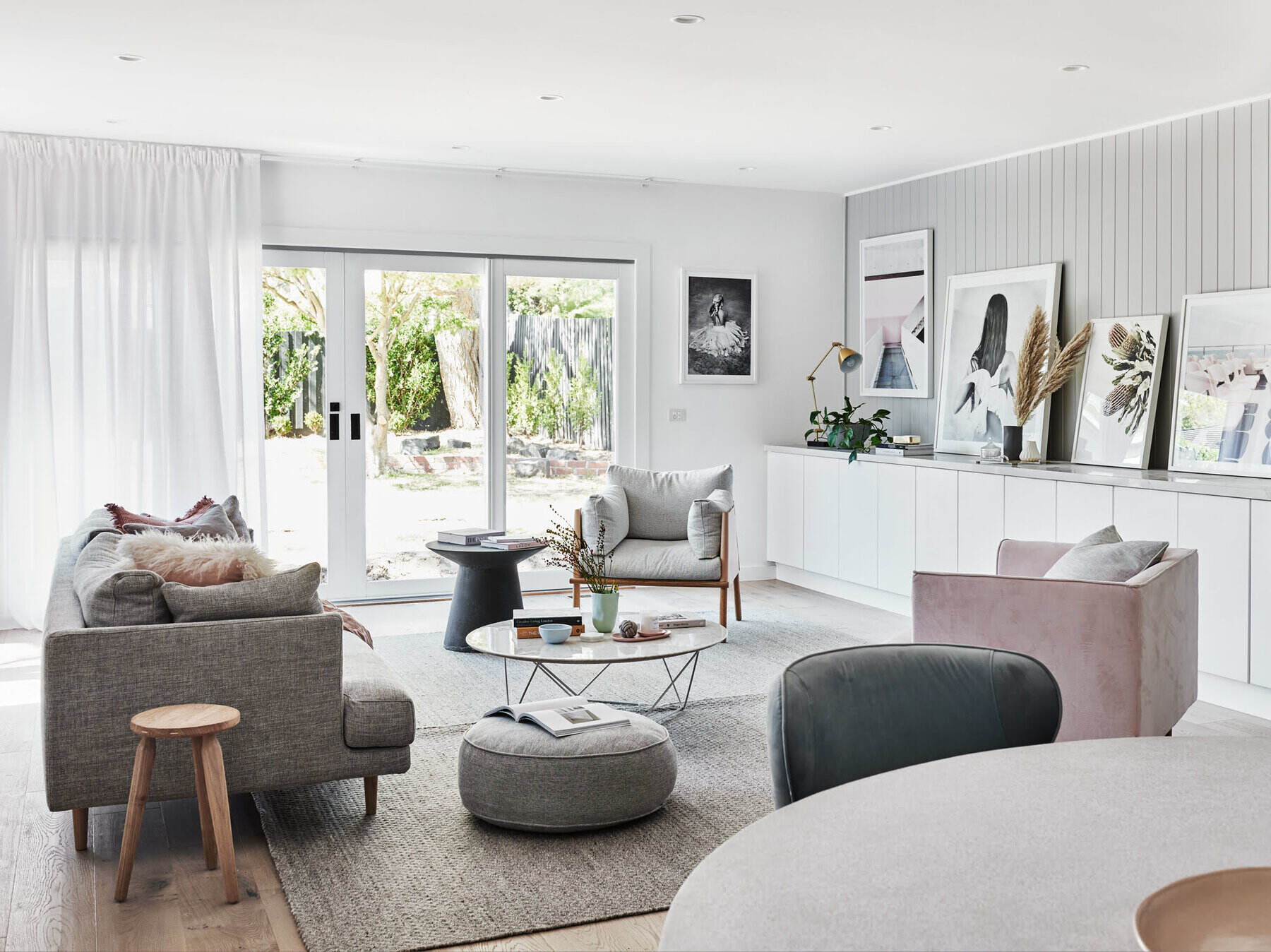
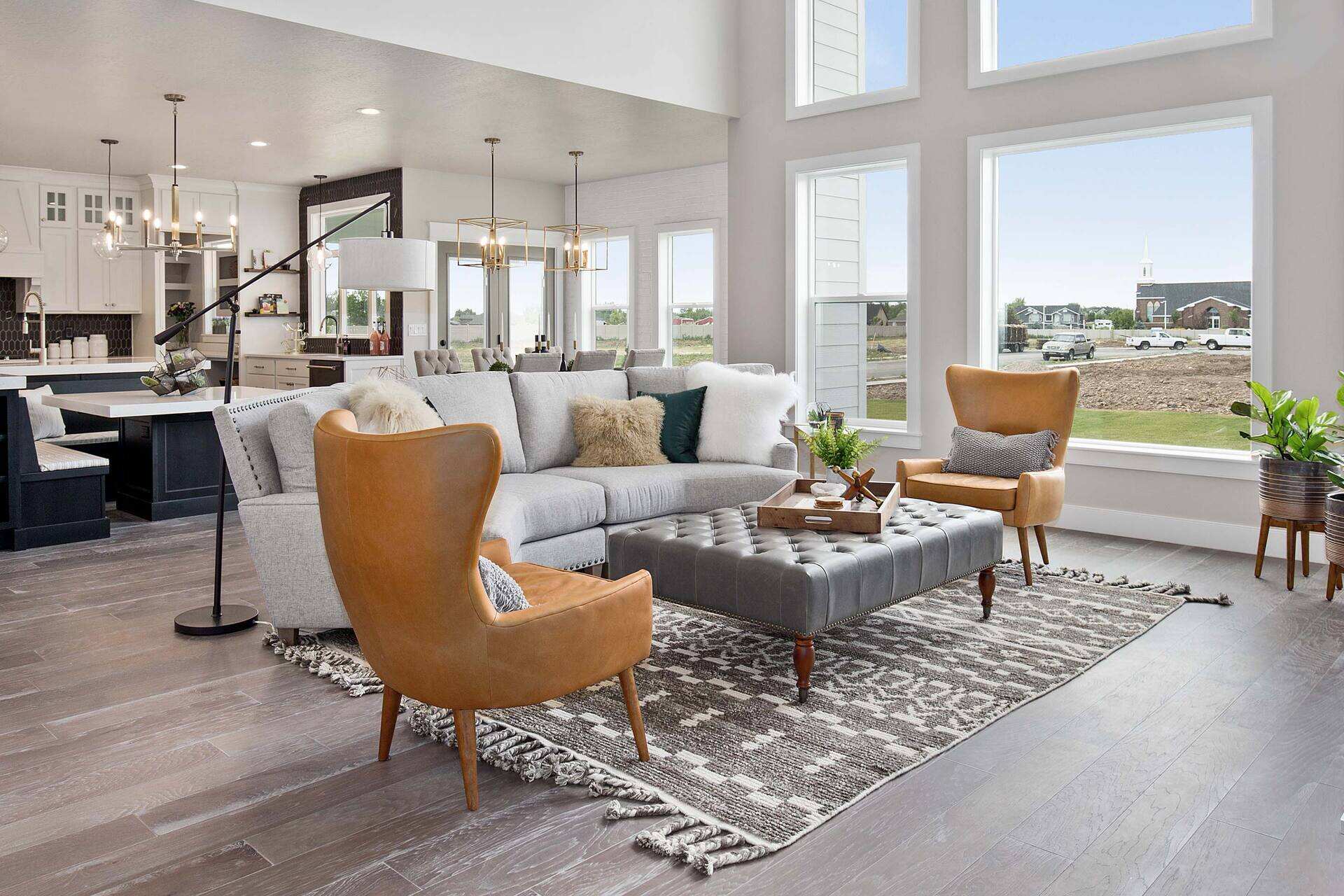
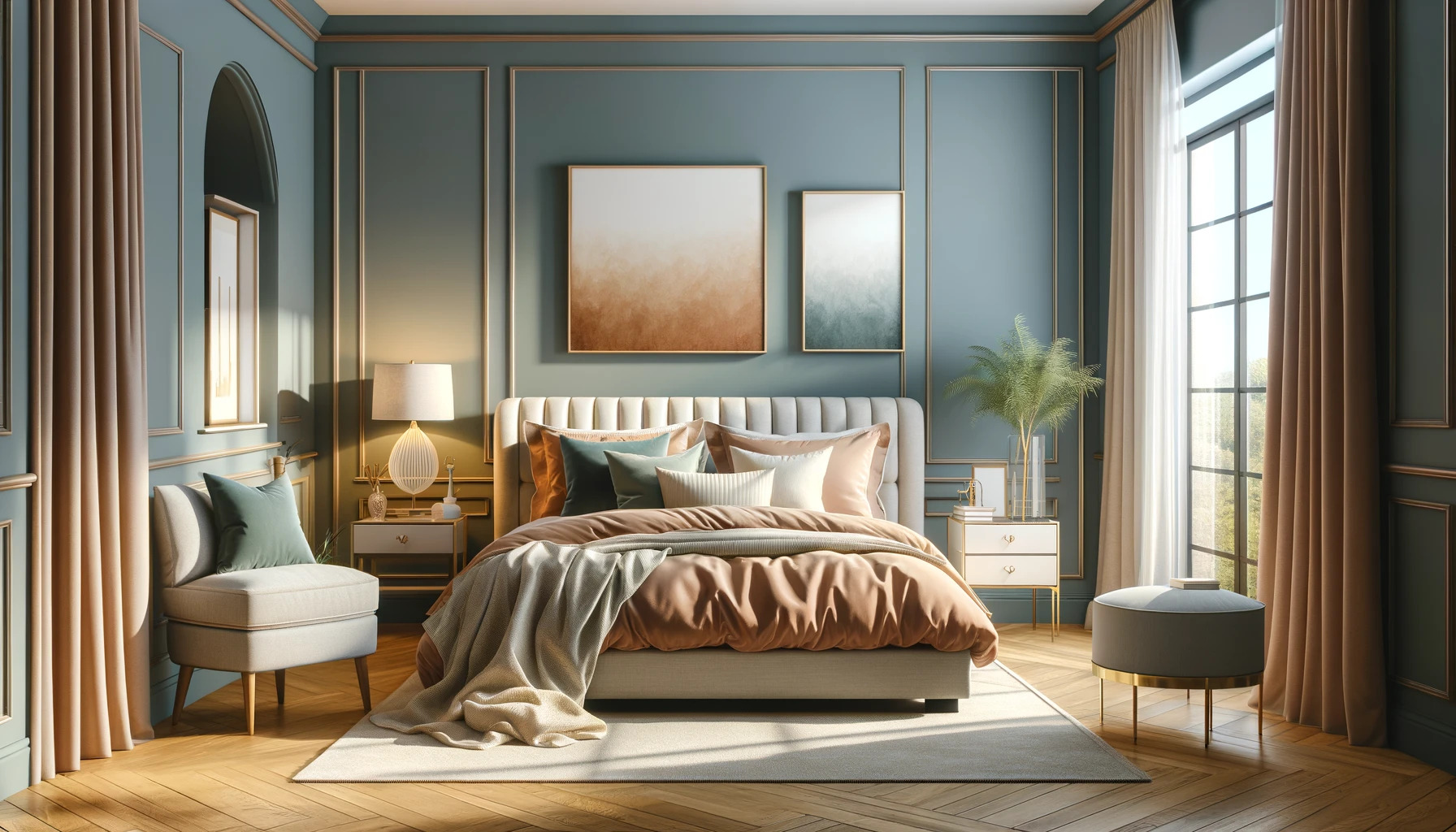
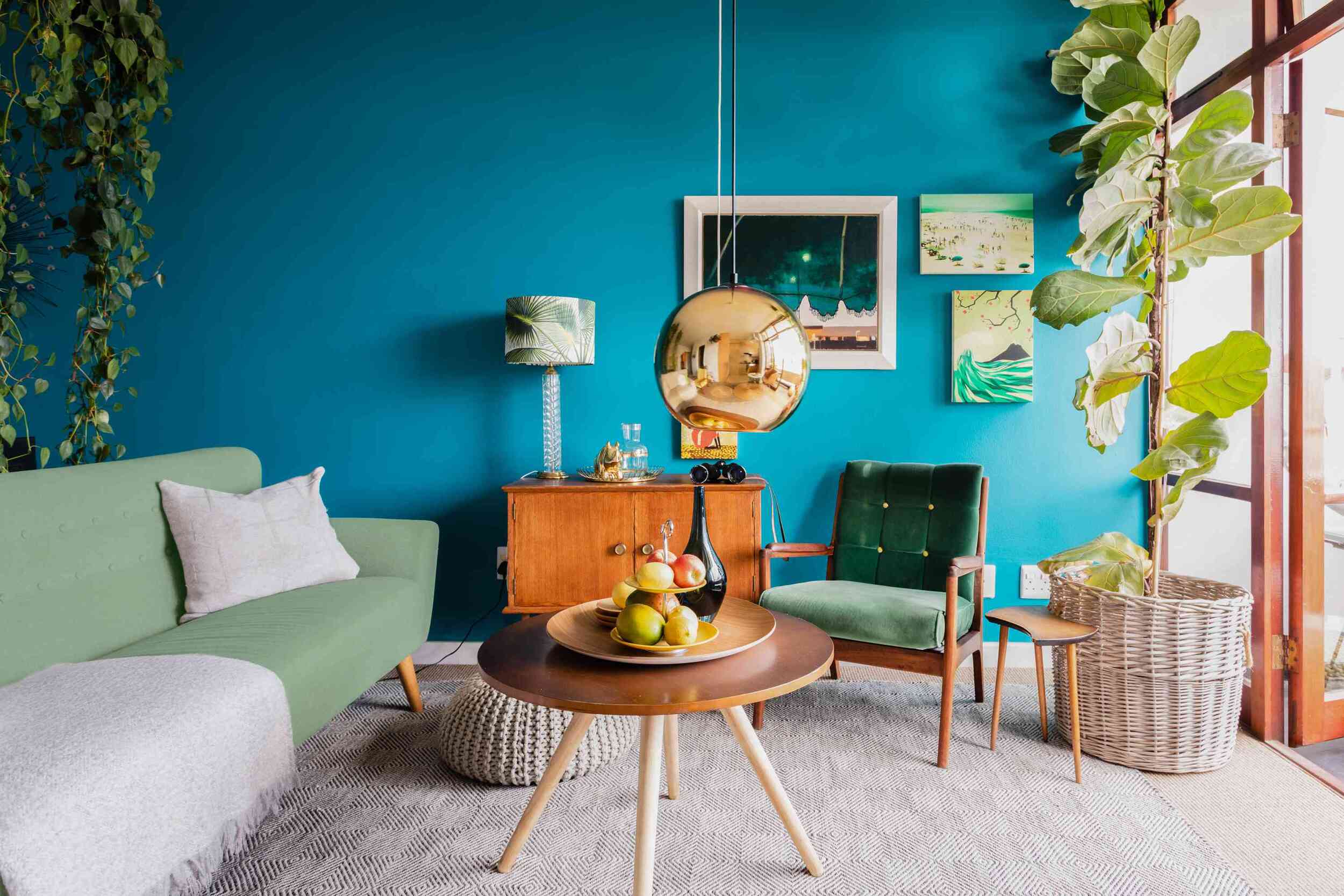
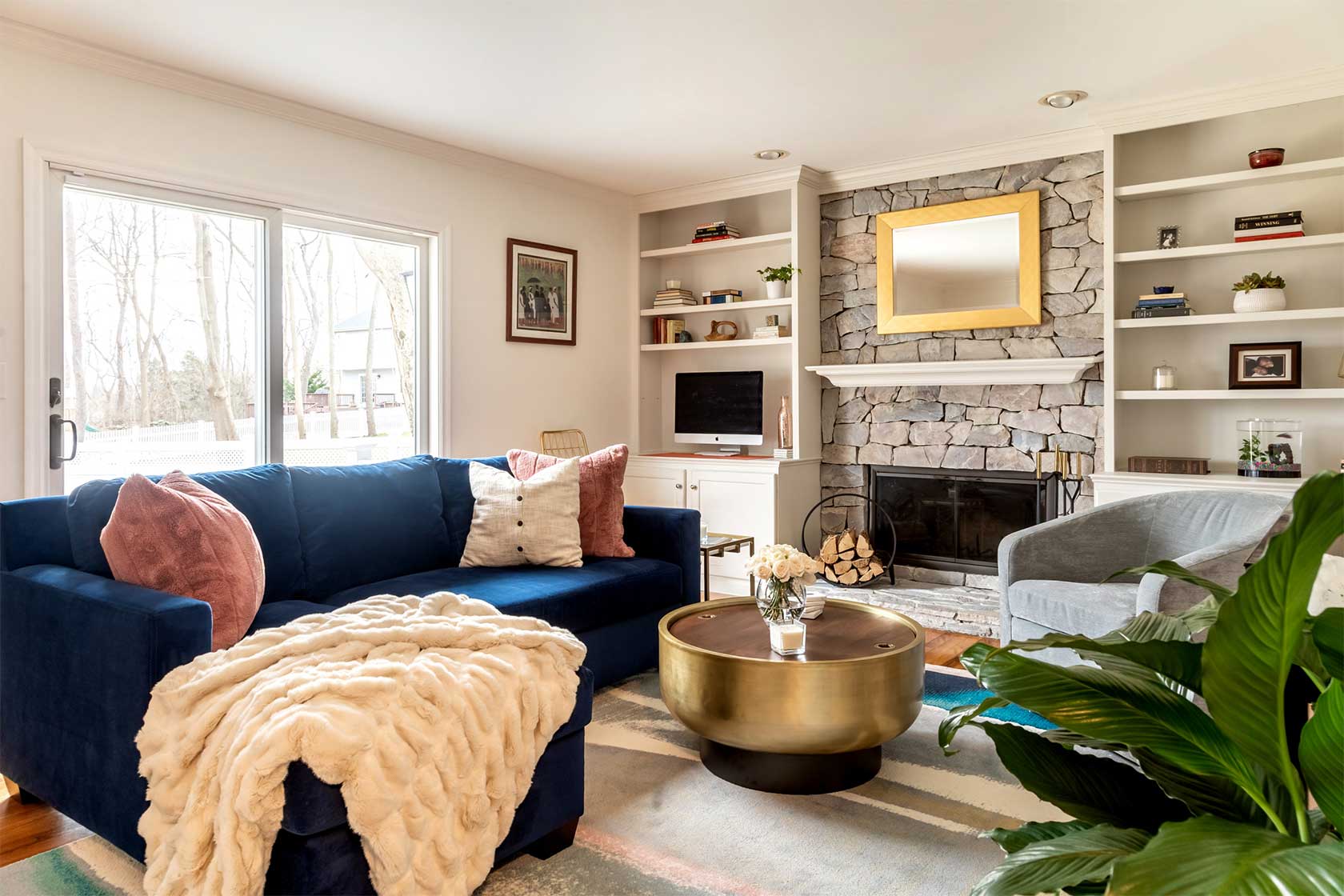
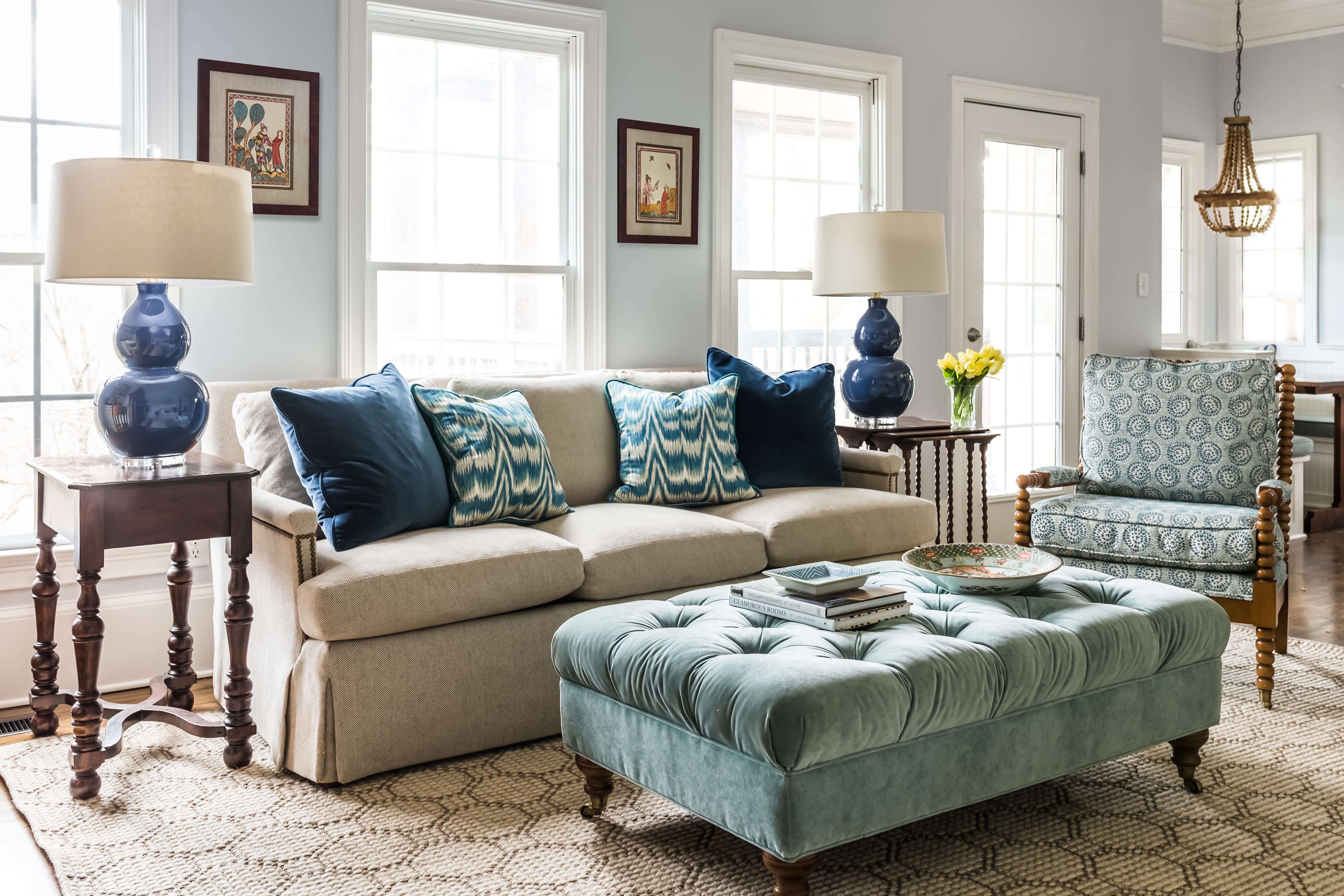
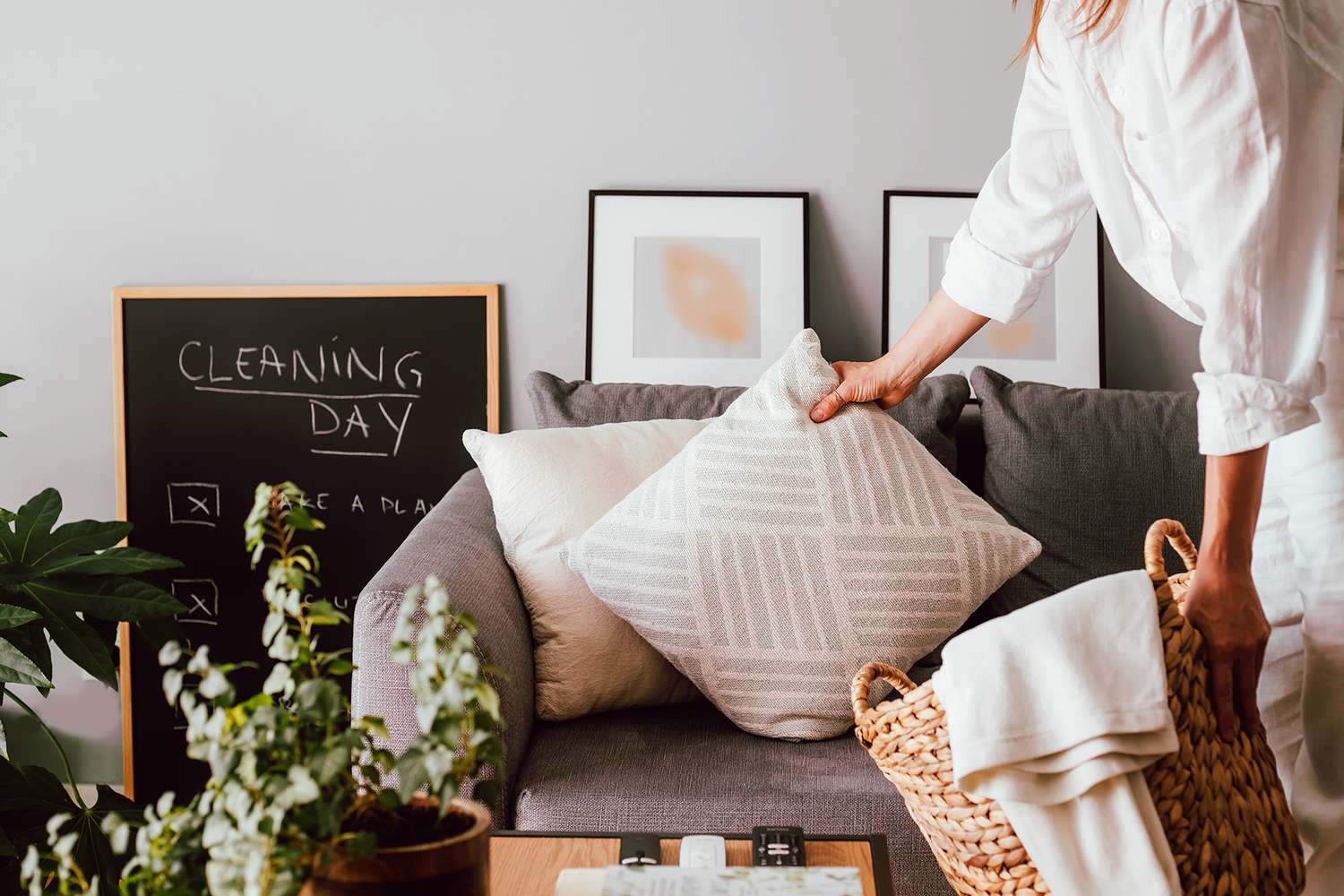
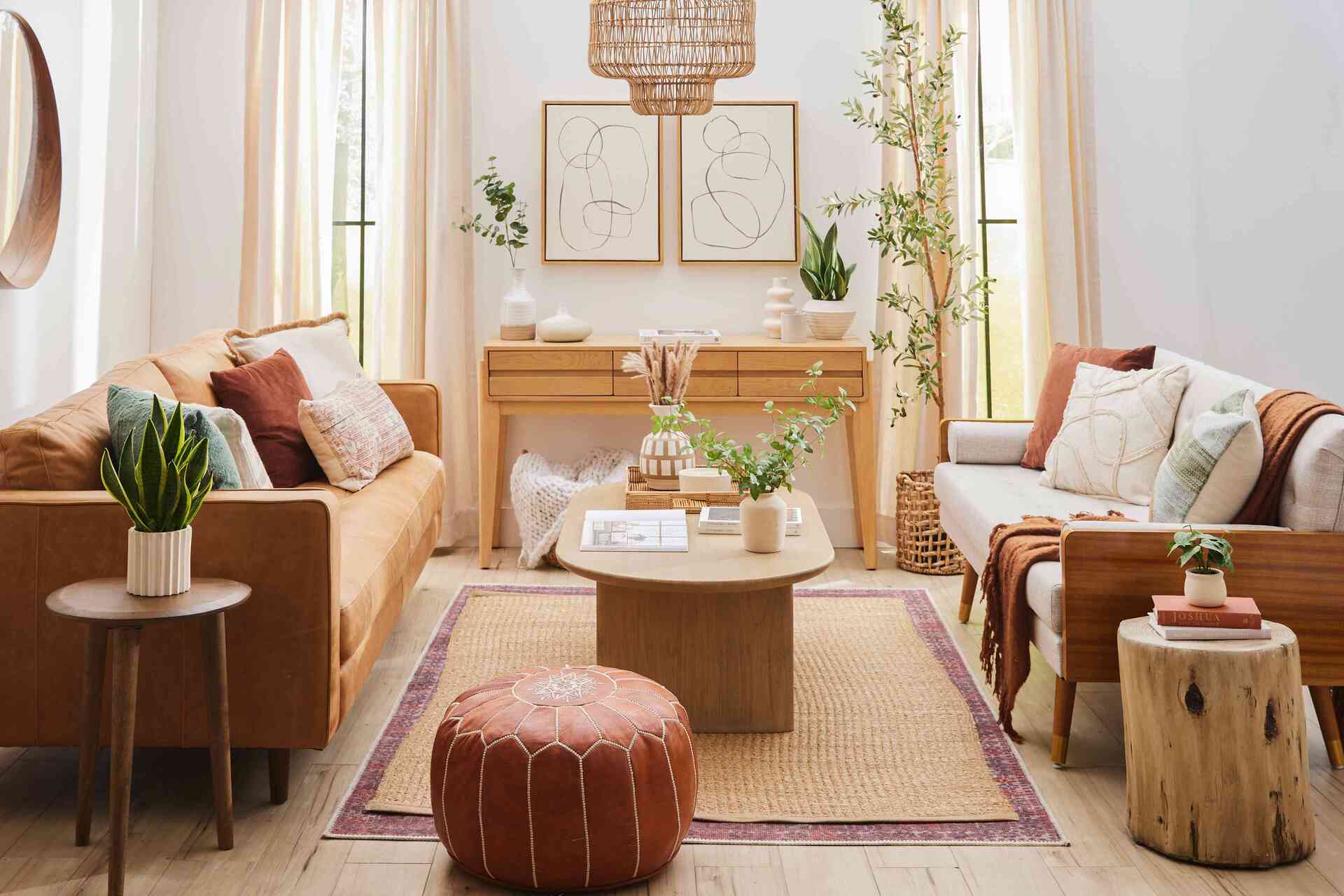
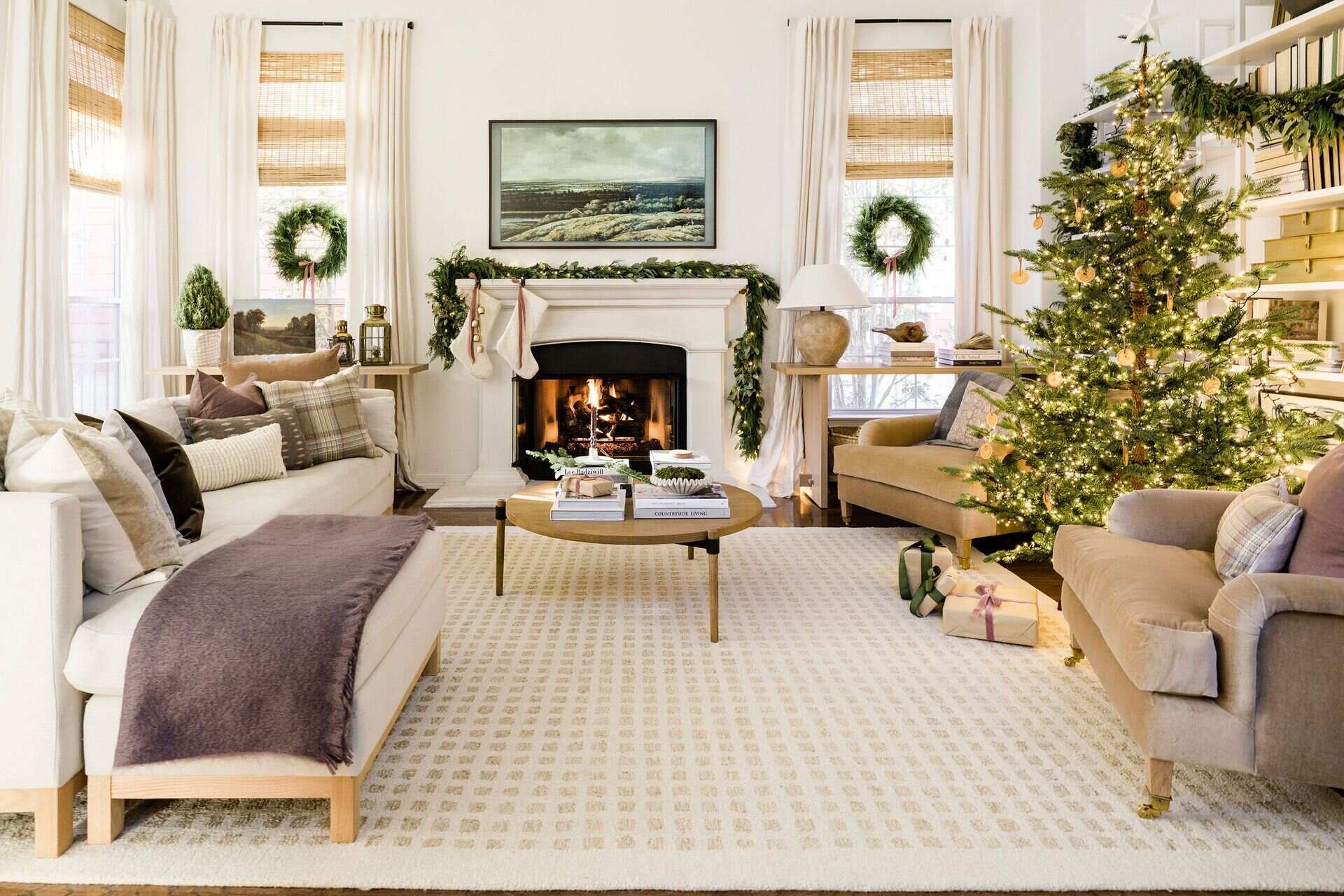
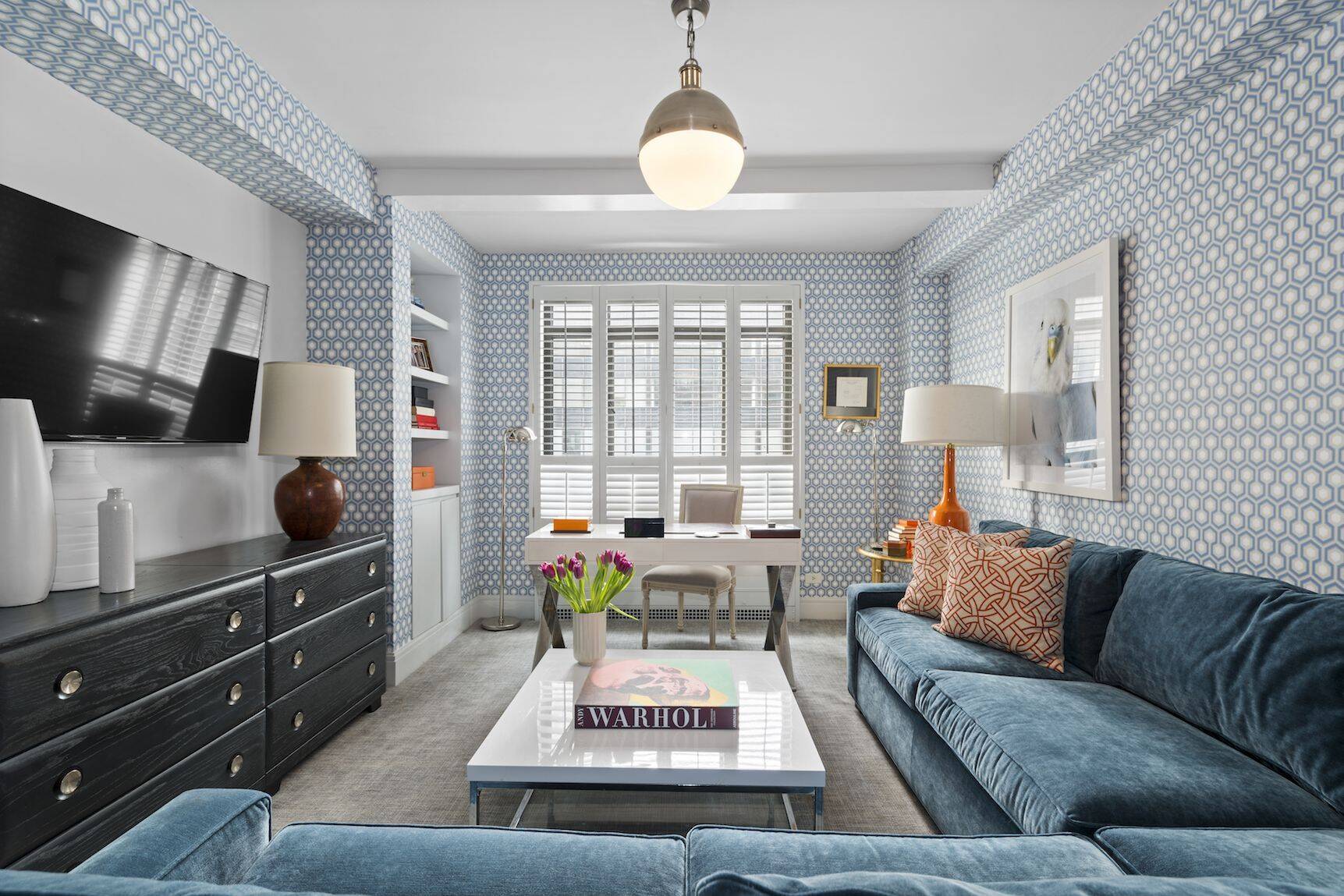

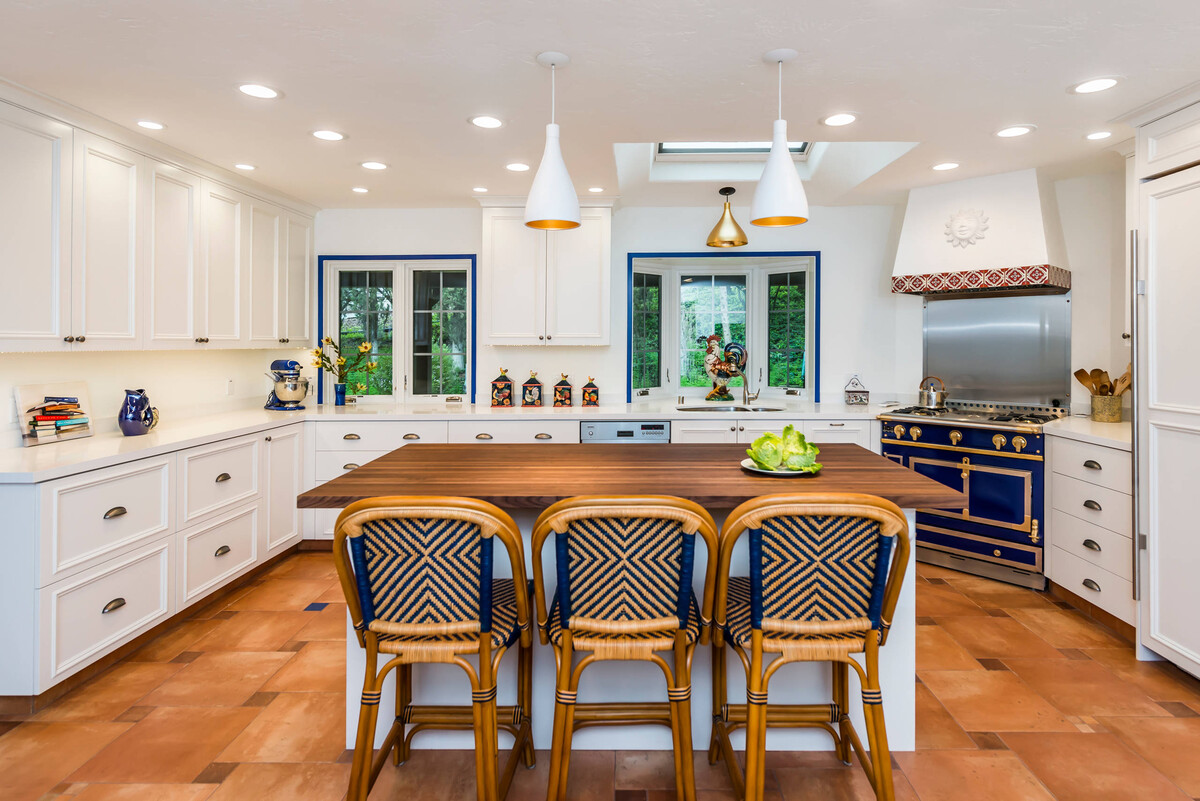

0 thoughts on “Should Your Living Room And Kitchen Style Match? Designers Weigh In On Whether Cohesive Or Contrasting Is Best”